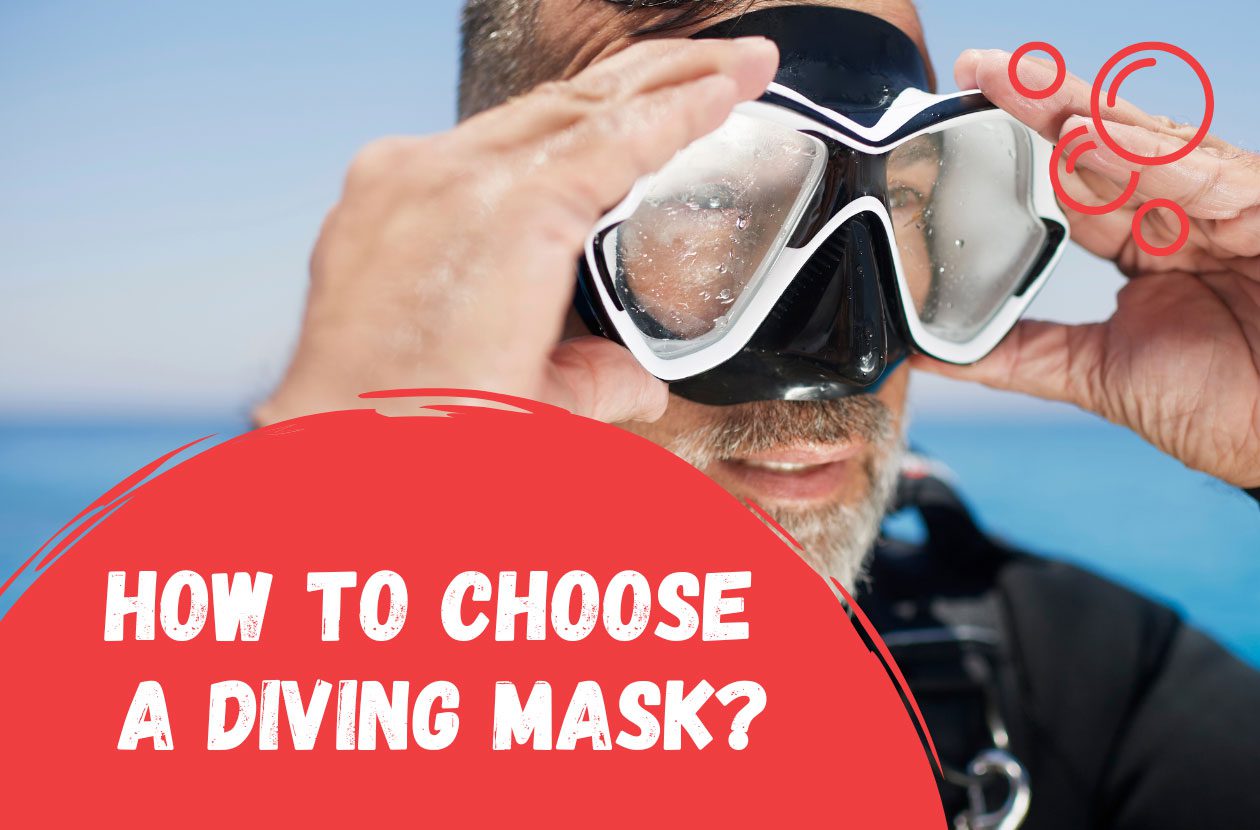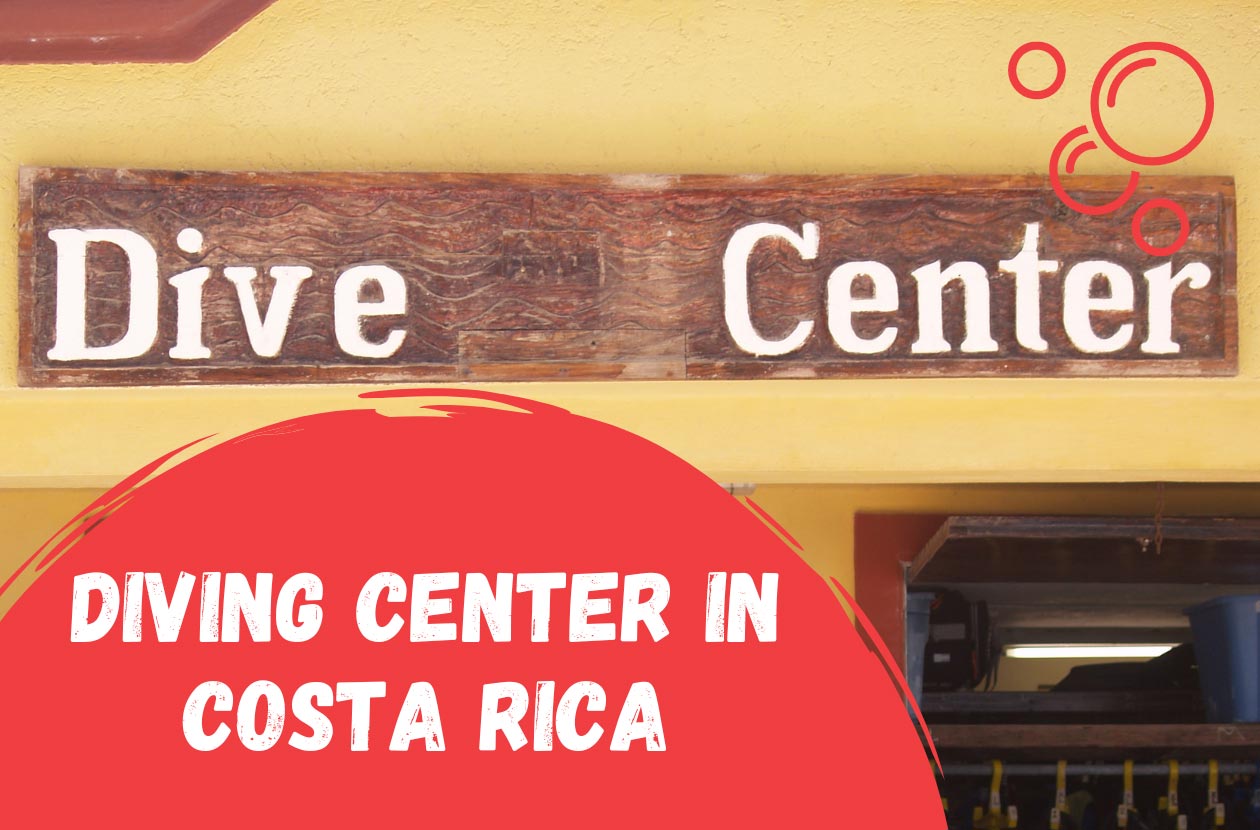A coral reef is a diverse and complex ecosystem formed primarily by the accumulation of calcium carbonate secreted by corals. Corals are marine invertebrates that belong to the class Anthozoa and are related to sea anemones and jellyfish. They typically live in colonies and build protective exoskeletons made of calcium carbonate.
Coral reefs are considered the most biologically diverse ecosystems on the planet, supporting an incredible array of marine life. They provide habitat and food for a wide variety of organisms, including fish, crustaceans, mollusks, and many other species. Coral reefs also play a crucial role in shoreline protection, as they act as barriers against waves and storms, reducing coastal erosion. Thanks will talk about what corals really are and why they are so important.
Table of Contents
What is the coral reef?
Coral reefs are found in tropical and subtropical waters, predominantly in clear and shallow marine environments. They are known for their vibrant and colorful appearance, thanks to the symbiotic relationship between corals and photosynthetic algae called zooxanthellae. The algae reside within the coral tissues and provide the corals with energy through photosynthesis, while the corals offer shelter and nutrients to the algae.
Corals are made up of numerous individual polyps, which are tiny, soft-bodied organisms with tentacles surrounding a central mouth. Each polyp is equipped with stinging cells called nematocysts, which they use for feeding and defense. The polyps secrete a hard exoskeleton made of calcium carbonate, which forms the structural framework of the coral reef.
Are corals animals?
Yes, corals are classified as animals! Specifically, they belong to the phylum Cnidaria, which includes other marine organisms such as sea anemones, jellyfish, and hydras. Within the Cnidaria phylum, corals are classified as members of the class Anthozoa. Unlike jellyfish, which are typically free-swimming, corals are sessile organisms, meaning they are attached to a substrate and do not move around. It’s really a very common surprise when someone hears for the first time that coral is not a rock or some kind of growth, but an animal….
While corals are primarily classified as animals, it’s important to note that they also have plant-like characteristics due to their association with photosynthetic algae. This unique partnership between animals and algae contributes to the extraordinary biodiversity and productivity of coral reef ecosystems.
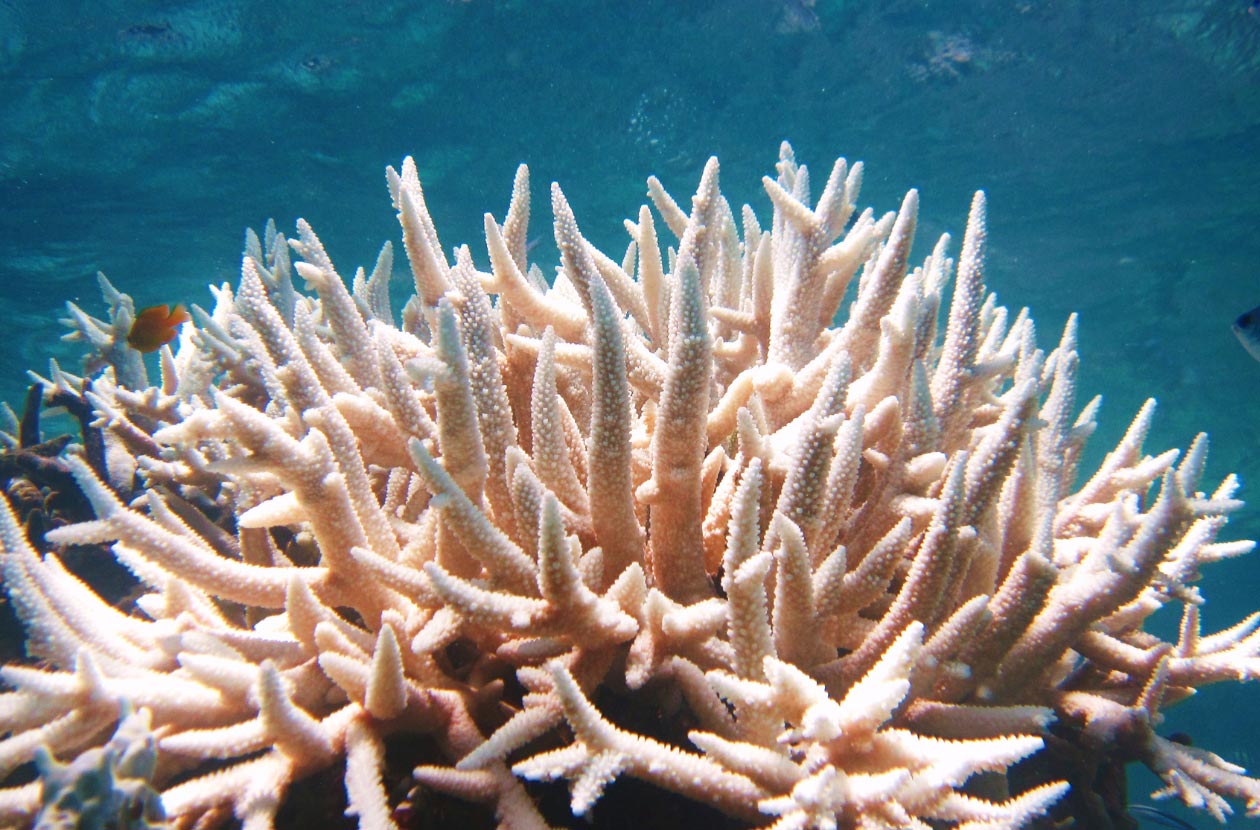
How is a coral reef formed?
Coral reefs are formed through a gradual process that involves the growth and accumulation of coral organisms and the deposition of calcium carbonate. Here’s an overview of how a coral reef is formed:
Colonization
The process begins when coral larvae, known as planulae, settle on a suitable substrate on the ocean floor. The substrate can be rock, dead coral skeletons, or other hard surfaces.
Coral Growth
Once settled, the planulae develop into polyps, which are tiny, soft-bodied organisms with tentacles. The polyps extract calcium carbonate from the surrounding water and secrete it as a hard exoskeleton. Over time, multiple generations of polyps continue to grow, creating a framework of interconnected coral colonies.
Reproduction
Corals reproduce both asexually and sexually. Asexual reproduction occurs through budding, where new polyps form and branch off from existing ones. Sexual reproduction involves the release of eggs and sperm into the water column, resulting in the formation of coral larvae.
Building the Reef Structure
As corals grow and reproduce, their hard exoskeletons accumulate, adding to the structure of the reef. The calcium carbonate deposition forms the complex framework of the reef, consisting of various coral colonies, their skeletons, and other calcifying organisms.
Ecosystem Development
As the coral reef structure develops, it provides habitat and shelter for a diverse array of marine organisms. The reef becomes a thriving ecosystem, supporting a wide range of fish, invertebrates, and other marine species.
Growth and Adaptation
Coral reefs continue to grow and adapt to their environment over hundreds to thousands of years. They can expand laterally as new colonies establish and vertically as coral growth keeps pace with rising sea levels.
It’s important to note that the growth of coral reefs is a delicate balance influenced by various factors, including water temperature, light availability, water clarity, nutrient levels, and the presence of symbiotic algae. Human activities, such as pollution, overfishing, and climate change, pose significant threats to coral reef ecosystems, impacting their growth and survival. Protecting and conserving coral reefs is crucial for their long-term viability and the preservation of the rich biodiversity they support.

Why can’t coral reefs form everywhere?
Coral reefs cannot form everywhere due to several specific requirements and environmental factors necessary for their growth and development. Here are the main reasons why coral reefs are limited to certain regions:
Temperature
Coral reefs thrive in warm tropical and subtropical waters with temperatures typically ranging between 20 to 29 degrees Celsius (68 to 84 degrees Fahrenheit). These temperatures allow for optimal coral growth and the symbiotic relationship with algae. Reefs cannot form in colder waters as corals have specific temperature tolerances.
Sunlight
Corals depend on sunlight for the process of photosynthesis carried out by their symbiotic algae. Thus, they require clear, shallow waters where sunlight can penetrate sufficiently to support the photosynthetic needs of both corals and the algae. In areas with excessive cloud cover or murky waters, coral growth is limited.
Salinity
Corals have a specific range of salinity tolerance, preferring waters with moderate salinity levels. They typically require seawater salinity (salt content) ranging from 32 to 42 parts per thousand. Extremely high or low salinity can be detrimental to coral growth.
Depth
Coral reefs need shallow, clear waters for light penetration and optimal conditions. While some deeper-water corals exist, most reef-building corals are limited to depths up to 60 meters (200 feet). Beyond that depth, there is insufficient light for photosynthesis, hindering coral growth.
Water Quality
Coral reefs are highly sensitive to changes in water quality. Pollution, sedimentation, excessive nutrient runoff, and chemical contaminants can harm corals and impede their growth. High levels of sediment and pollutants can smother corals and disrupt their symbiotic relationship with algae.
Wave Action
Coral reefs require a suitable balance of wave action. While some wave energy is necessary for the exchange of nutrients and oxygen, excessive wave energy can damage or break apart fragile coral structures. Therefore, coral reefs generally form in areas with moderate wave energy, protected by natural barriers like fringing islands or atolls.
Considering these specific requirements, coral reefs are limited to regions that meet the necessary conditions. Tropical and subtropical areas of the world, such as the Caribbean, the Indo-Pacific region (including the Great Barrier Reef), and the Red Sea, provide the ideal environmental factors for the growth and development of vibrant coral reef ecosystems.
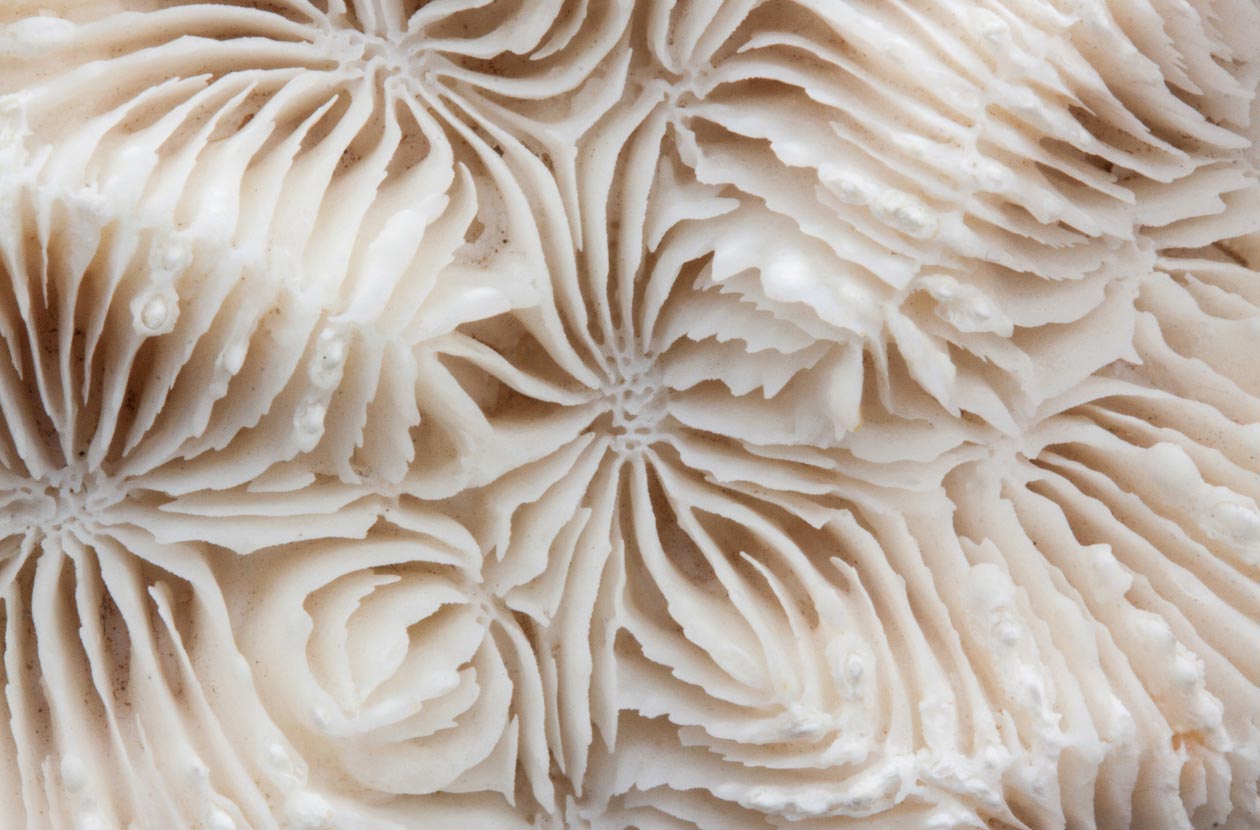
In what form can a coral reef be formed?
Most often coral reefs are formed in the form of longitudinal barriers along the coasts, although there are also some in open water. Of particular note is another, quite specific type of reefs, which are atolls. An atoll is formed when a coral-covered volcanic island is eroded. The land becomes inundated with water, and a ring-shaped coral reef protrudes above the surface. The Maldives is a country entirely contained in 26 atolls – a dream diving destination!
Why do we need reefs?
Coral reefs are indispensable ecosystems that offer a multitude of reasons for their importance. They are vital for the well-being of marine life and human populations alike. First and foremost, coral reefs harbor exceptional biodiversity, making them one of the most diverse ecosystems on Earth. They serve as habitats, nurseries, and feeding grounds for a vast array of marine species. By supporting the survival and reproduction of countless organisms, reefs contribute to the overall health and resilience of marine ecosystems.
Beyond their ecological significance, coral reefs are crucial for fisheries and food security. They provide a substantial source of food for coastal communities globally, supporting fisheries and supplying protein-rich sustenance. The economic and nutritional benefits derived from reef-based fisheries are invaluable for many coastal populations.
Moreover, coral reefs act as natural barriers, protecting coastlines from the destructive forces of waves, storms, and erosion. They reduce wave energy, safeguarding shorelines, beaches, and coastal infrastructure. By buffering against storm surges and minimizing coastal erosion, reefs provide significant coastal protection, benefiting communities and economies.
Benefits for tourism
The allure of coral reefs for tourism and recreation cannot be overstated. Their vibrant colors, diverse marine life, and underwater beauty attract visitors from around the world. Reefs offer opportunities for snorkeling, scuba diving, and other water-based activities, generating revenue, employment, and cultural value for coastal communities.
Coral reefs also contribute to climate regulation. They sequester and store carbon dioxide, helping mitigate climate change impacts by reducing greenhouse gas concentrations in the atmosphere. As important players in the global carbon cycle, reefs play a role in climate regulation and have implications for our planet’s overall climate health.
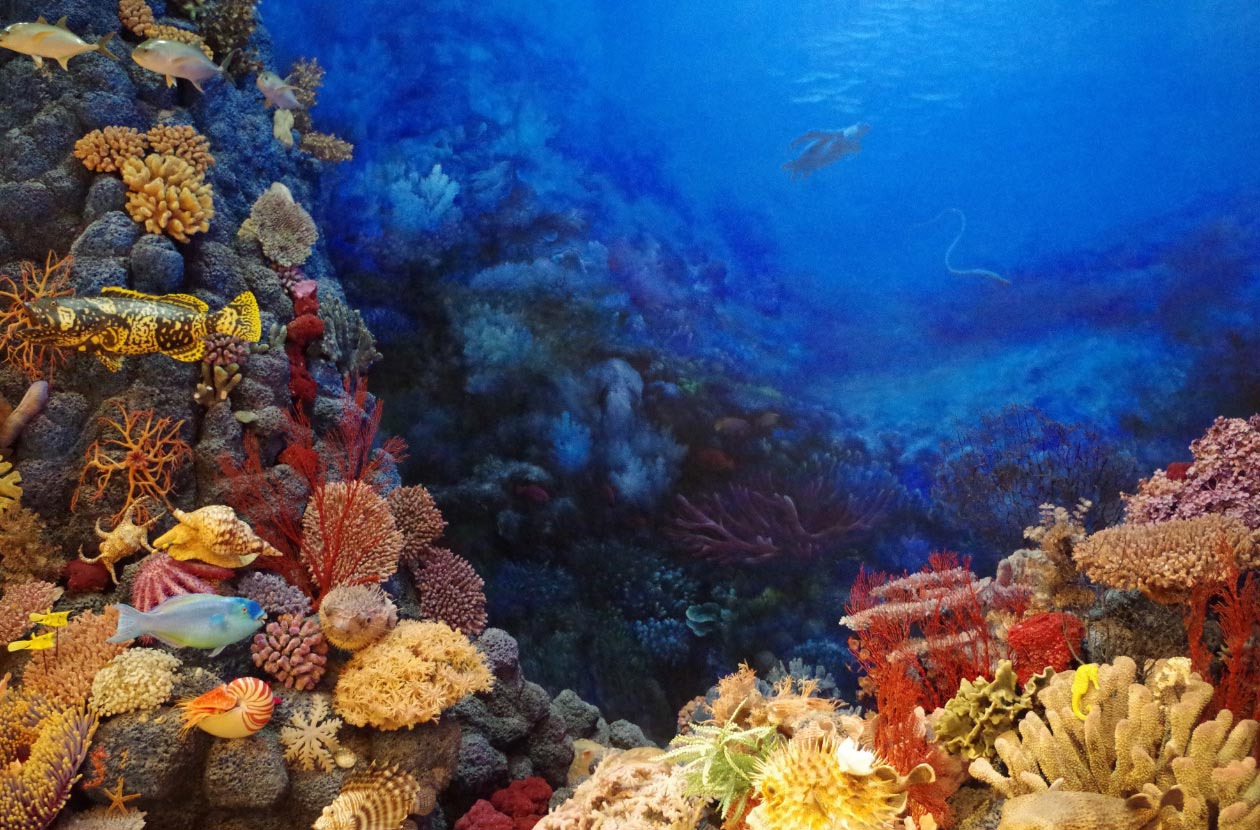
Furthermore, coral reefs provide valuable platforms for scientific research and discovery. Scientists study these ecosystems to deepen their understanding of marine biodiversity, ecosystems, climate change, and intricate organismal relationships. Additionally, coral reefs have yielded compounds and potential medications, offering prospects for medical advancements and therapeutic discoveries.
Lastly, coral reefs hold cultural and spiritual significance for many communities worldwide. They inspire art, folklore, and traditional practices, becoming integral to cultural heritage and spiritual beliefs. Preserving and protecting coral reefs is of paramount importance. Conservation efforts, sustainable management practices, and increased awareness about their significance are necessary to ensure the survival of these extraordinary ecosystems and to safeguard the benefits they provide for current and future generations.
Coral reef – let’s recap
Corals are essential to the survival of the ocean, and thus to the survival of our species. However, heavy pollution and overfishing are causing the extinction of coral reefs. We divers are the closest witnesses to this, and I often hear from our clients that when they dived here 10 years ago, things looked different. The open question, with which I leave you at the end of this text, is where will we be in another 10 or 20 years?




